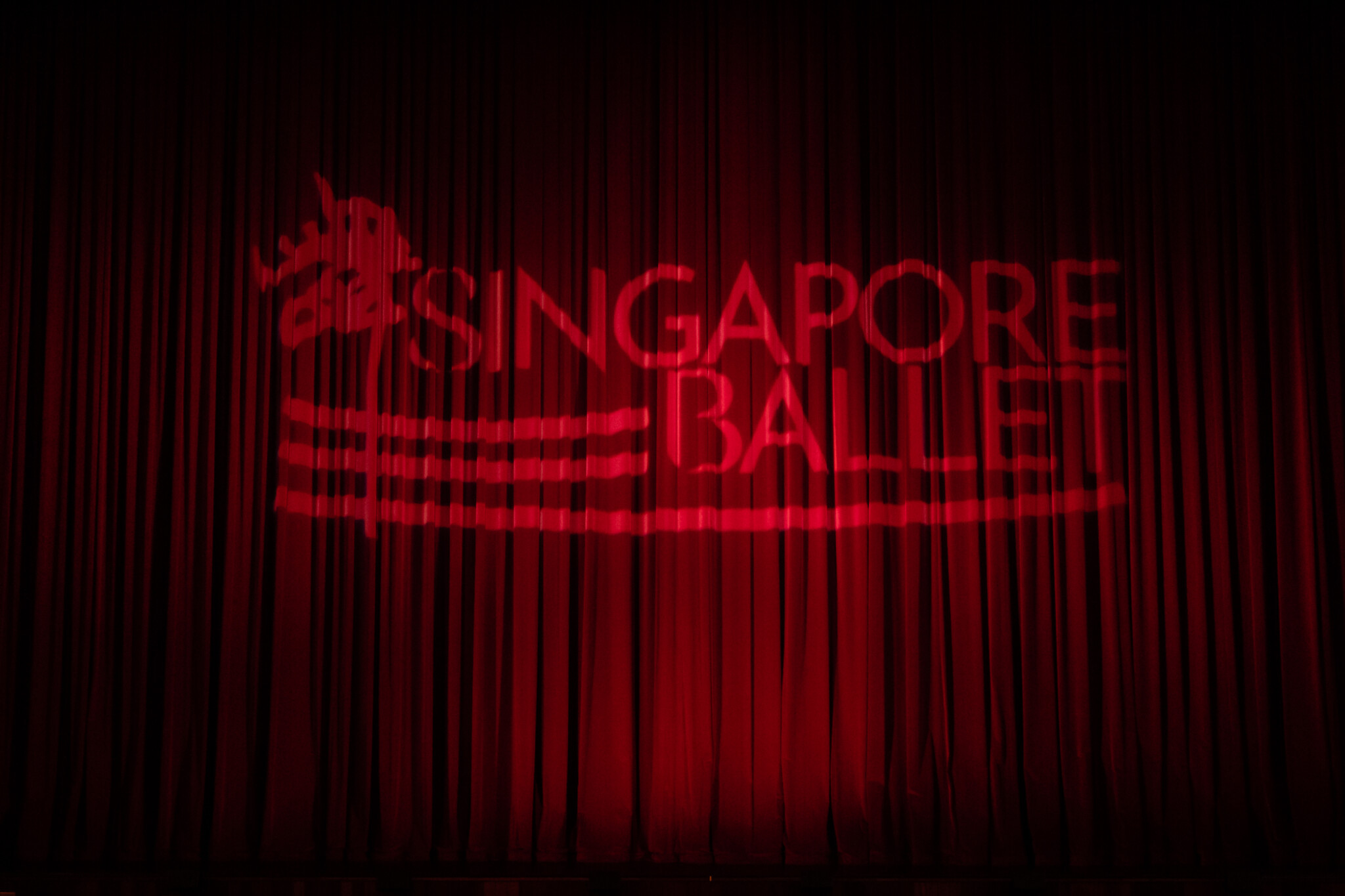The Beginning
When the idea to have a professional dance company in Singapore was conceived in 1987, most of the people involved were part of Singapore Ballet Academy (SBA). As SBA had a small school group that did performances under the name Singapore Ballet, a different name was considered to distinguish itself from the non-professional identity.
The concept of the company was to be all encompassing, with as much choreographic content created specifically for the company as possible. As such, there was a decision to call the new professional organisation, Singapore Dance Theatre (SDT).
Dance theatre, as a concept, usually denotes a single choreographer working with a smaller group of dancers in a contemporary vein. The choreographer typically has a strong style, and their choreography dominates the repertoire. Dance companies like Cloudgate Dance Theatre (Taiwan), Netherlands Dance Theatre, and Australian Dance Theatre all follow this same set-up.
In 1992, a decision was made to do a full-length classical ballet, The Nutcracker, which is probably the most well known of all classical ballets. It was done as a classical restaging, without any contemporary pretext. It was presented at Victoria Theatre and had an overwhelming success in terms of audience and ticket sales. This was very encouraging for all involved and gave momentum to include full-length narrative classical ballets in the performance repertoire.
With this, SDT’s performance repertoire branched off in an entirely new direction that did not fall under the original intention of the name “dance theatre”. More classical full-length narrative ballets were added to the repertoire over the next few years, including Cinderella, created for SDT by Graham Lustig, Coppélia, staged by Colin Peasley, Giselle, staged by Jean Paul Comelin, and Choo-San Goh’s Romeo and Juliet.
The company was beginning to signal that there was a secondary aspect to the nature of the repertoire that included classical and neoclassical ballets as strongly, if not more significantly, than newly created contemporary works. Since 1994, SDT has been presenting two full-length classical ballet productions in every year as a part of its regular seasons.
The Present
In the current balance of SDT’s performances, only one of its six annual seasons is completely dedicated to contemporary works and new choreography, Passages Contemporary Season which is presented in November. Two full-length classical ballets bookend the season (March and December), Ballet Under the Stars is best attended when its offerings are classical ballets, and Masterpiece in Motion concentrates on the best of neoclassical ballets as either company premieres or world premieres.
It is significant that in the last 13 years, SDT has done 31 world premieres and 19 company premieres; most of those are securely in the classical/neoclassical format of choreography. Additionally, only one new full-length ballet, Don Quixote, has been added to the repertoire in a decade. (This is primarily due to the extremely high cost of doing a new three-act production.)
Newer stagings have been done with Sleeping Beauty, Giselle, The Nutcracker, and Coppélia, to keep them developmentally in tune with the increasing strength of the company and the more sophisticated tastes of our audiences. The change to The Esplanade Theatre, in 2002, from Victoria Theatre and Kallang is a large component of this.
The Future
More than representing the company rightly in its name, a name change signifies maturity and growth of an organisation.
The Royal Ballet originated as The Vic-Wells Ballet, then re-named The Sadler’s Wells Ballet and finally given the title of The Royal Ballet in 1957.
Festival Ballet (London) was established in 1950 doing a fully classical repertoire. To give the organisation a greater weight and significance, the company was renamed, very successfully, English National Ballet in 1989.
Northern Dance Theatre was first renamed Northern Ballet Theatre in 1975 and then “Theatre” was dropped and it is now known as Northern Ballet.
Interestingly, each of these companies is stronger, financially and artistically, after its name change than they were in their original incarnation.
To present ourselves as a professional ballet company, in name, would align us with internationally known standards of professional dance companies that we most match. To an audience, clarity of what to expect when the curtain goes up comes from our repertoire, our marketing materials and importantly, our name. As such, how we present ourselves in name must match what is presented on stage. This name change does not affect the balance of our current repertoire, which is key, but rather amplifies who we are and what we present as a company.
Welcome to Singapore Ballet.
(The official name change was announced by Chairperson, Mrs Laura Hwang, and Artistic Director, Janek Schergen, on 10 December 2021 at the opening performance of Singapore Ballet Festival at the Esplanade Theatre.)


